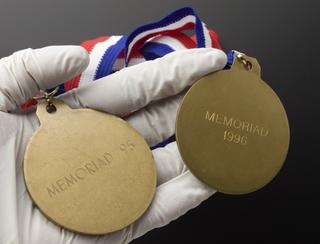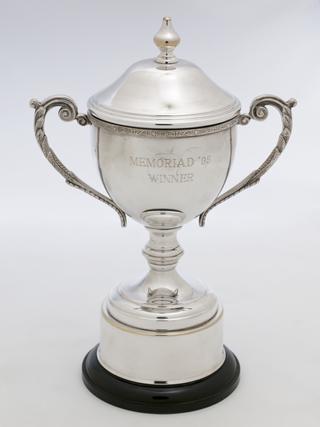Organ transport bag used to transport Robert Moss’ heart, removed in August 2000
Alive and well, 61-year old Robert Moss donated his heart to the Science Museum in November 2000. But if his heart was there, what was inside his body? Three months earlier he had received a donor organ by transplant surgery at Papworth Hospital, Cambridgeshire. Around three thousand heart transplants are now carried out worldwide each year – but it hasn’t always been a success story.
Louis Washkansky, a 54-year old South African grocer, received the first human-to-human heart transplant on 3 December 1967. In the following year, 47 different medical teams followed the work of surgeon Christiaan Barnard, performing over a hundred heart transplants. But most recipients only survived for days or weeks, raising doubts about the value of the procedure.
What would you do if you were in charge? On the one hand, this was revolutionary surgery, and perhaps it was just a matter of time before patient survival rates went up. On the other hand, it was expensive, and some doctors felt the money should be spent on proven heart therapies. Fear that hearts were being prematurely snatched from donor bodies added to the controversy.
British surgeons all but stopped performing heart transplants in the 1970s. They began again at Papworth Hospital in 1979, when results from America were hopeful, and the moment of donor death had been redefined by the new brain death criteria. Robert Moss was delighted with his operation, and remarked that his old heart had achieved something he never could – a London address.
- Object Number:
- L2001-4064/2
- type:
- human remains , human heart and bag - container




